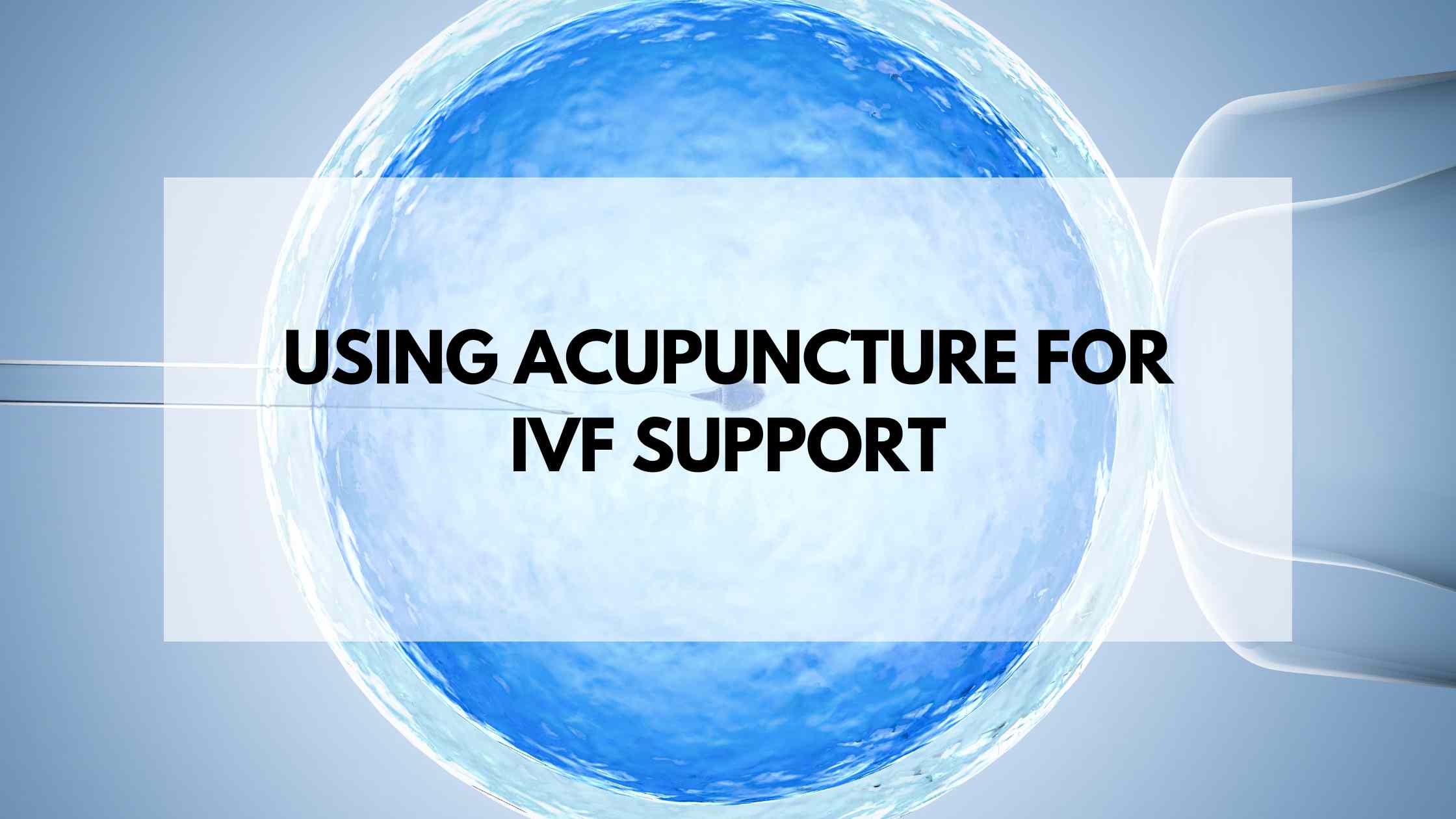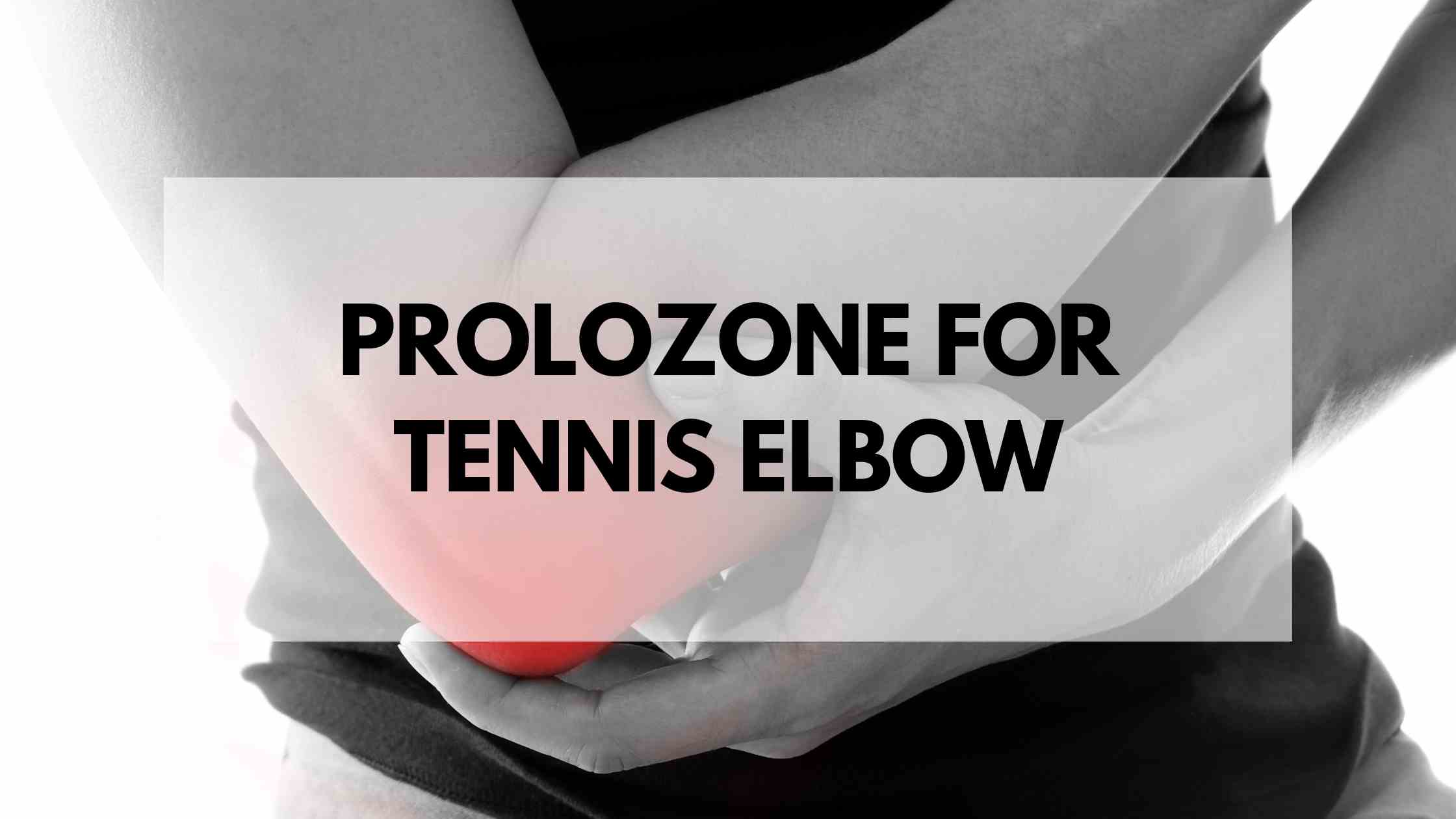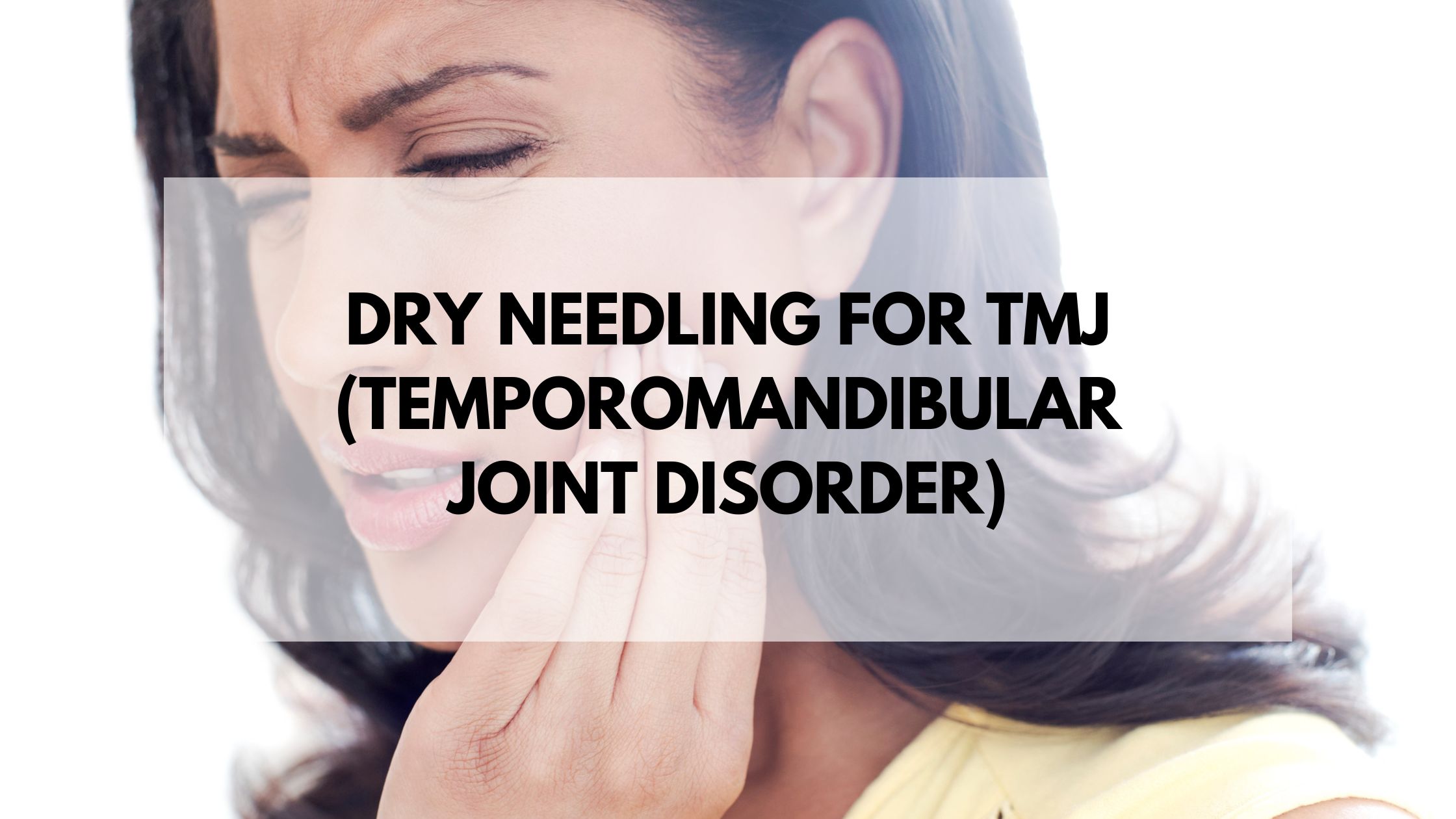
Does your muscle need to twitch for dry needling to work?
The short answer is, no it doesn’t. When it comes to dry needling, the second we insert a needle a whole cascade of changes happen both at the tissue and neuromuscular level that help you feel better. We get an almost instant change in blood flow and a whole bunch of neuro-peptides that help you feel better.









